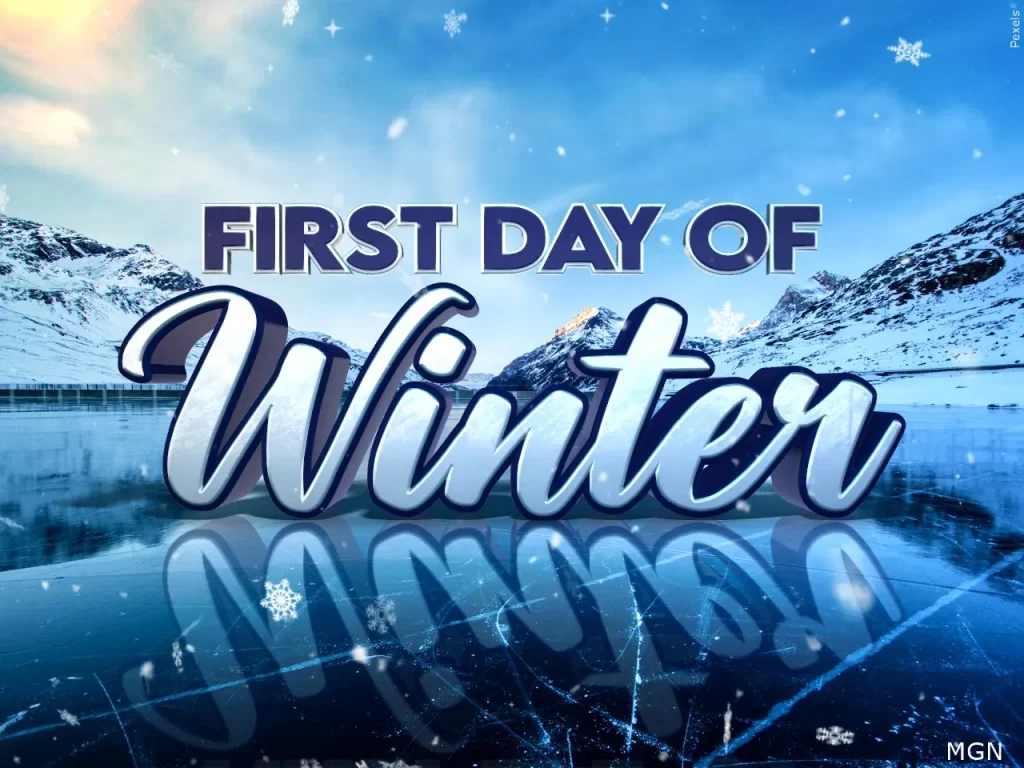When Is the First Day of Winter? A Comprehensive Overview
Winter is one of the four temperate seasons, characterized by cold weather, shorter days, and often, snow in many regions. Understanding when winter begins can vary depending on geographical location and cultural definitions. This article will explore the different methods of determining the first day of winter, including astronomical, meteorological, and cultural perspectives, as well as the significance of winter in various cultures around the world.
1. Understanding the Seasons
Seasons are defined by the position of the Earth in relation to the sun. The tilt of the Earth’s axis and its orbit around the sun lead to variations in climate and daylight throughout the year.
1.1 The Four Seasons
The four seasons are:
- Spring: Characterized by warming temperatures and blooming flora.
- Summer: Marked by the warmest temperatures of the year.
- Autumn (Fall): Known for cooling temperatures and the shedding of leaves.
- Winter: Defined by the coldest temperatures and, in many regions, snowfall.
2. Astronomical Definition of Winter
The astronomical definition of winter is based on the position of the Earth relative to the sun. In the Northern Hemisphere, winter begins with the winter solstice, which occurs around December 21 or 22 each year. This is the shortest day of the year, marking the point at which the North Pole is tilted farthest away from the sun.
2.1 Winter Solstice
- Date: December 21 or 22
- Significance: The winter solstice marks the official start of winter in the Northern Hemisphere. After this date, days gradually begin to lengthen as the Earth continues its orbit.
3. Meteorological Definition of Winter
Meteorologists define seasons based on temperature and climatic conditions rather than astronomical events. According to meteorological definitions, winter includes the coldest months of the year.
3.1 Meteorological Winter
- Dates: December 1 to February 28 (or 29 in a leap year)
- Significance: Meteorological winter is based on the Gregorian calendar and is consistent in its definition, making it easier for meteorologists to analyze weather patterns and statistics.
4. Cultural Perspectives on Winter
Different cultures and regions have their own definitions and celebrations associated with winter. Here are a few examples:
4.1 North America
In North America, winter is often associated with holiday celebrations such as Christmas and New Year’s. Many regions experience significant snowfall, leading to winter sports and activities.
4.2 Europe
In Europe, winter traditions vary by country. For example, in Scandinavian countries, winter is celebrated with festivals and traditions that embrace the cold, such as winter markets and outdoor activities.
4.3 Asia
In some Asian cultures, winter is marked by festivals that celebrate the harvest and the coming of spring. For example, in China, the Lunar New Year often falls during the winter months and is celebrated with various cultural festivities.
5. The Impact of Winter on Nature and Wildlife
Winter has a profound impact on the environment and wildlife. Many animals adapt to the cold weather through hibernation, migration, or changes in behavior.
5.1 Hibernation
Some animals, such as bears and ground squirrels, enter a state of hibernation during winter to conserve energy and survive the lack of food.
5.2 Migration
Birds and other animals may migrate to warmer climates during winter months to find food and better living conditions.
5.3 Adaptations
Many species have developed adaptations to survive the cold, such as thicker fur or feathers, changes in diet, and altered breeding cycles.
6. Conclusion
The first day of winter can be defined in various ways, including astronomical and meteorological perspectives. Understanding these definitions helps us appreciate the significance of winter in different cultures and its impact on nature and wildlife. Whether you celebrate the winter solstice or recognize meteorological winter, this season brings unique experiences and traditions that enrich our lives.
Frequently Asked Questions (FAQ)
When is the first day of winter in the Northern Hemisphere?
The first day of winter in the Northern Hemisphere is typically around December 21 or 22, marking the winter solstice.
What is meteorological winter?
Meteorological winter is defined as the three coldest months of the year, which are December, January, and February in the Northern Hemisphere.
How does winter affect wildlife?
Winter affects wildlife by prompting behaviors such as hibernation, migration, and adaptations to survive the cold temperatures.
Why is the winter solstice significant?
The winter solstice is significant because it marks the shortest day of the year and the official start of winter in the Northern Hemisphere.
How do different cultures celebrate winter?
Different cultures celebrate winter through various traditions and festivals, such as holiday celebrations, winter sports, and seasonal markets.
Where can I find more information about the seasons?
For more information, you can refer to the Wikipedia page on Seasons.
Summary Table
| Definition | Dates | Significance |
|---|---|---|
| Astronomical Winter | December 21 or 22 | Marks the winter solstice, shortest day of the year |
| Meteorological Winter | December 1 to February 28/29 | Consistent definition based on temperature |
In conclusion, understanding when winter begins and its significance can enhance our appreciation of this season. Whether through cultural celebrations or observing nature, winter offers unique experiences that enrich our lives.



